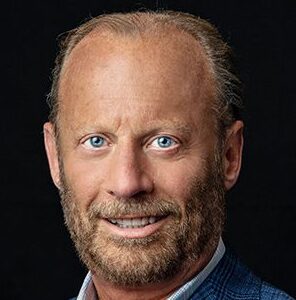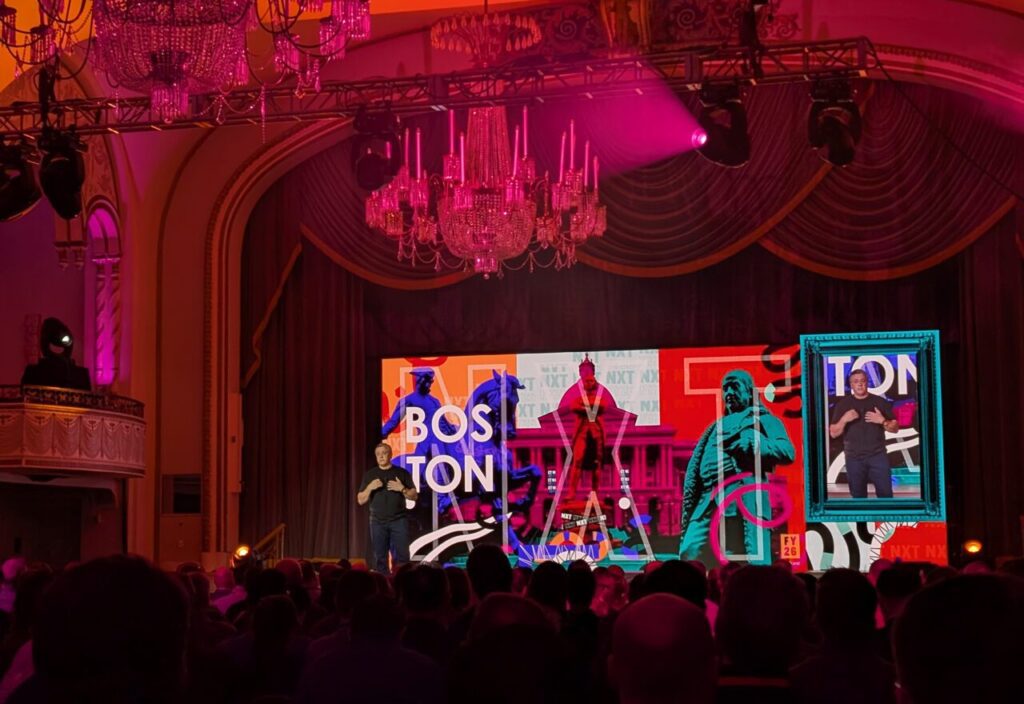Online advertising is on the rise with the top 100 traditional advertisers increasing their share of the marketing tactic.
By the end of 2002, these top advertisers had comprised more than 30 percent of the online advertising market, as measured by ad impressions. In comparison, in January 2000, that same groups’ market share made up just 15%, according to a recent report by Nielsen//NetRatings.
Among the advertisers, Ford Motor Cos. employed 34 percent more ads promoting brands like Volvo, Hertz and Mazda. AOL Time Warner distributed 28 percent more unique ads since 2001, with the launch of AOL 8.0 and DaimlerChrysler’s online presence skyrocketed by 407 percent over 2001.
“No longer dominated by the smaller dot-com companies, traditional business-model advertisers are staking their claim,” said Charles Buchwalter, vice president of client analytics, Nielsen//NetRatings, in a statement. “This increased usage by the heavy hitters of advertising clearly signals their recognition of the validity of the Internet as an effective ad medium.”
These advertisers also experimented with different ad formats.
Last year, the top advertisers relied heavily on non-standard larger ad dimensions with 92 companies out of the 100 using the full banner format. Eighty companies employed non-standard, large-size banners and 87 used the skyscraper format.
Flash and rich media showed to be gaining ground with 11 percent of all impressions using Flash technology. (82 of the top 100 traditional advertisers used Flash technology in their campaigns).
These findings are on par with a recent study conducted by PROMO magazine that found that spending on promotion activity via the Internet increased 13.1% to $1.7 billion in 2002, compared to $1.5 billion in 2001. (For the full results of the promotion trends study, visit http://www.promomagazine.com ). And, overall, interactive marketing spending increased to $3.8 billion, an 11.8 percent increase over the $3.4 billion spent in 2001, according to the Direct Marketing Association.
 Network
Network

